Toho’s latest Godzilla film brings the iconic monster back to its roots in a number of ways, while still bringing modern day thrills.
Godzilla Minus One
Directed By: Takashi Yamazaki
Written By: Takashi Yamazaki
Starring: Ryunosuke Kamiki, Minami Hamabe, Yuki Yamada, Munetaka Aoki, Hidetaka Yoshioka
Release Date: December 1, 2023
Several years after the impressive arrival of Shin Godzilla, allowing the North American “MonsterVerse” films to flourish with multiple entries, Toho returns with to the franchise it started with Godzilla Minus One. The film works as something of a “reboot,” as it takes things back to the past (in a literal sense) and works to recapture all the made the original so iconic. In honoring those elements, and even aspects from the later films, it manages to show Godzilla’s potential for the modern era as well.
Folks…It’s very, VERY good.
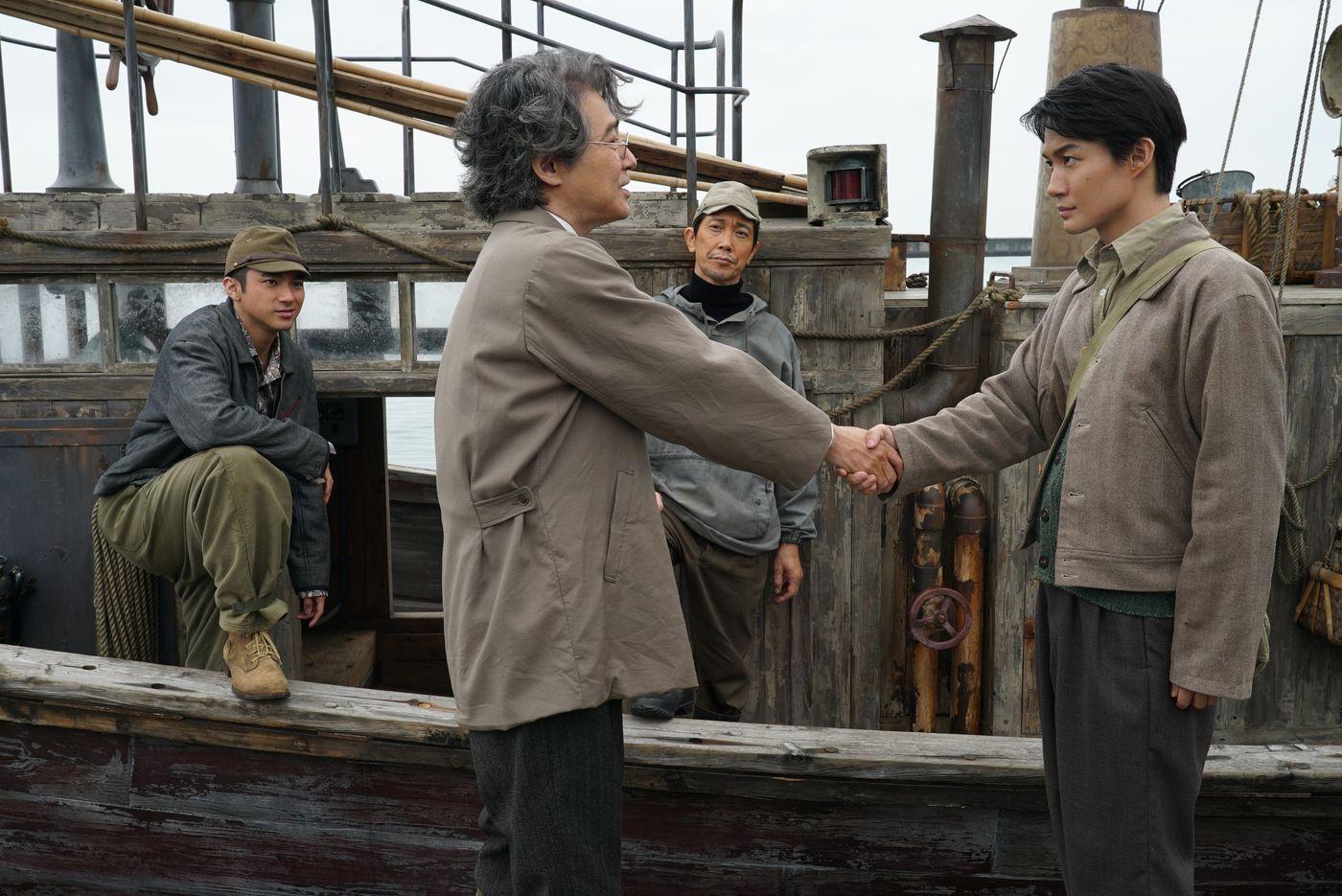
Back to the Past
Godzilla Minus One takes place in the direct aftermath of World War II as failed kamikaze pilot, Kōichi Shikishima (Ryunosuke Kamiki), inadvertantly witnesses the arrival and destructive power of a terrifying monster. A local legend on the island, Godzilla, is smaller at this point, but no less terrifying.
Being among the lone survivors of the attack, Shikishima returns to his ravaged home; forced to deal with the “shame” of living rather than giving his life for his country. The country is in disarray following the devastating atomic blasts which ended the war, leaving the citizens to contend with the aftereffects of a war they didn’t exactly want.
As he struggles, with everyone else, to pick up the pieces, Shikishima ends up sheltering a young woman, Noriko Ōishi (Minami Hamabe), and the orphaned baby, Akiko, she’s taking care of. As the years roll on, the pair form a kind of family unit for survival, though Shikishima’s continual survivor’s guilt keeps them at a distance.
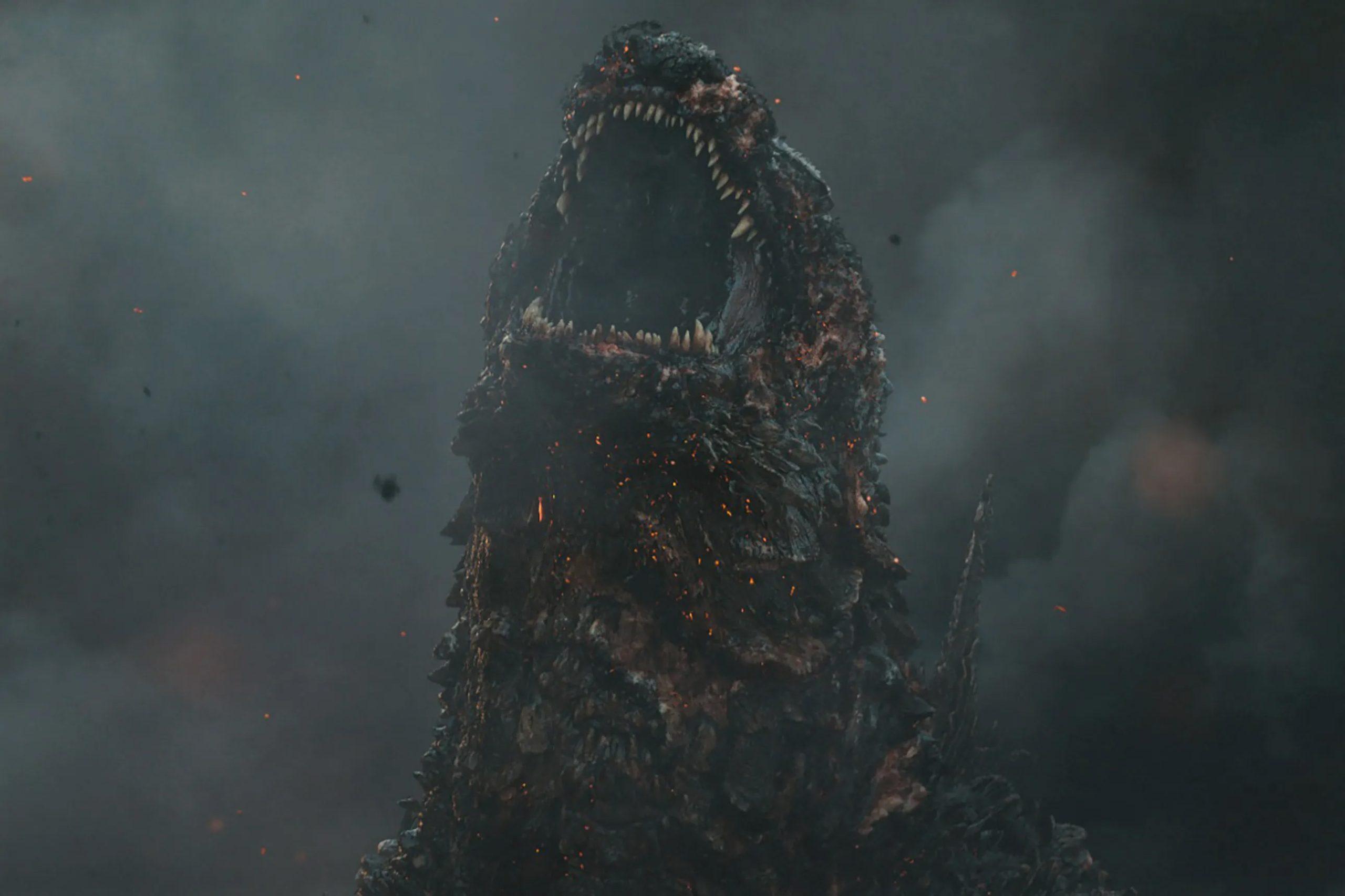
Things begin to take on a sense of normalcy, as all of Japan begins rebuilding. Just as Shikishima begins to dare allow himself to move on and live once more, Godzilla reemerges; far larger and more devastating than ever before. The monster seems poised to throw Tokyo (and all of Japan) back into a state of post-war devastation.
Shikishima, his new friends, and the townspeople (primarily former soldiers) band together for a desperate plan to end the threat of Godzilla. It’s a seemingly impossible task, and plays out in a final act that left me breathless and on the edge of my seat with tension.
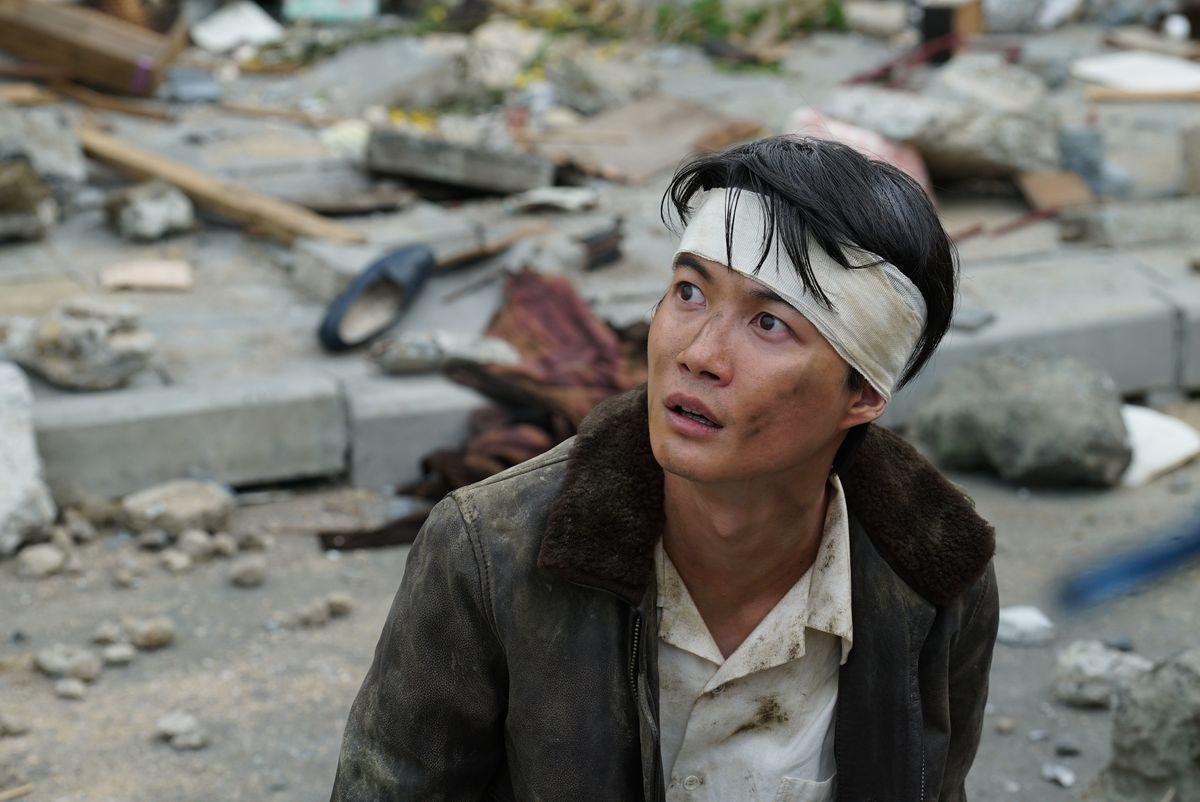
Balancing Human Drama
In an effort to avoid spoilers, I’m going to keep things vague. Obviously there’s a lot more that goes into the story, with some genuine surprises, and a whole lot of character moments. In fact, it’s the human elements that help ground this story and make it so damn engaging. Something that’s often forgotten when it comes to kaiju films.
Too often, when it comes to monster movies, there’s the idea that audiences only come for, or want, the monster action. We saw this with the original Godzilla franchise as it shifted from thriller/horror to being more of an action series. Rather than a fear-inspiring being, Godzilla became a defender of humanity against a plethora of gnarly monsters.
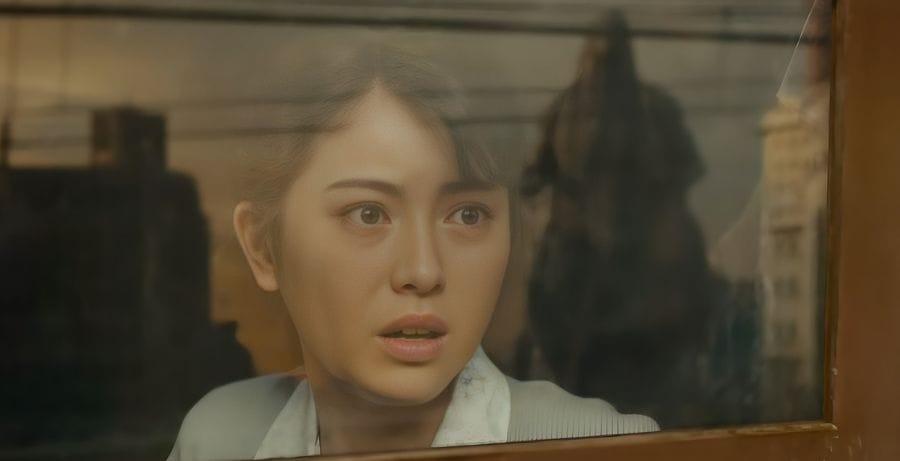
Don’t get me wrong, I absolutely love those movies, and there’s plenty of great story potential within that concept (as we’ve seen with the modern MonsterVerse). Thing is, the type of action that focuses solely on the creatures isn’t what makes for a great “monster movie.” Instead, it’s the human story that provides the context we need to feel how epic that action can be.
Much like with disaster movies, it’s not so much the devastation that makes the story engaging, but how the humans react to everything. Sure, it provides the entertainment factor and thrills, but seeing how characters (complete with their own quirks and drama) respond is what sticks with you in the long run. Witnessing people endeavor and struggle despite their powerlessness against these awesome forces of nature is what take these films beyond simple creature features.
Just look at the original Jurassic Park. When you really look at it, the amount of actual dinosaur action doesn’t take up a lot of screen time (with most happening in the final act). Instead it’s seeing Alan Grant surviving with the kids, as Ellie and the others work to return power, that gives the film it’s emotional core which continues to resonate.

I could go on, but the point is, Godzilla Minus One manages to get back to that aspect (much like Shin Godzilla did in 2016), and the excellent human story at the film’s core is what makes it all work. While Godzilla himself is a focal point, the themes on war trauma, living for the future, and finding peace with oneself and community makes every encounter we have with the monster all the more impactful.
Minus One doesn’t feature the same destructive scale as we’ve seen in other modern Godzilla films, and yet the feeling I had watching those moments was no less epic. There’s no shortage of “holy shit” moments that left me wide-eyed, breathless, and in awe. Hell, the first use of Godzilla’s heat ray in the film gave me chills and shook me to the core.
By centering the human drama in the story, the film manages to make the audience feel just as small and powerless as everyone else within the film. His presence brings an intimidating sense of scale that makes each emergence awe-inspiring. From the first appearance to the last, every time Godzilla pops on screen, there’s an immediate sense of “we’re fucked.”
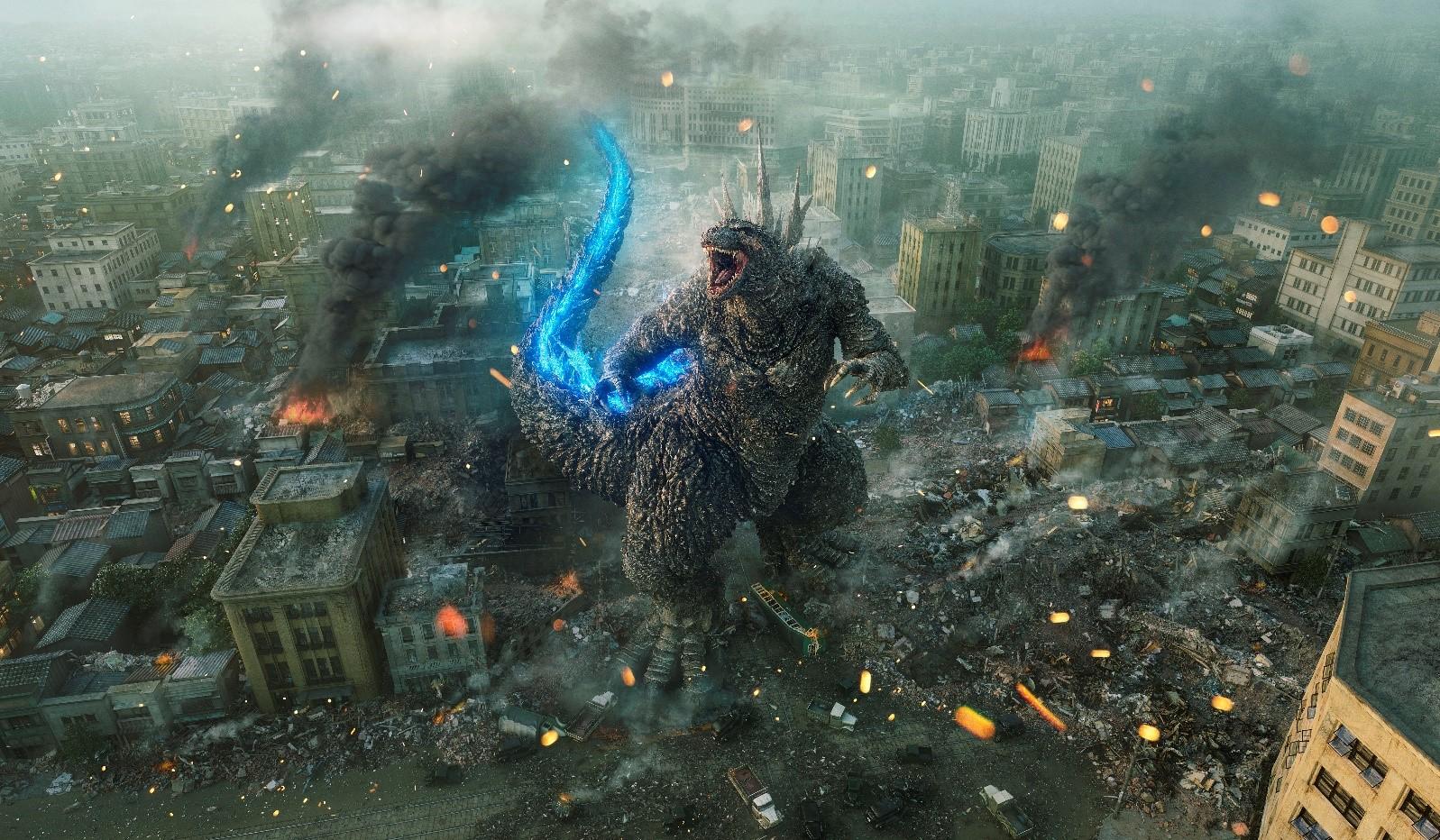
What’s Old is New
There’s a lot of things impressive about Godzilla Minus One‘s overall production. The Godzilla design, overall movements, and destruction are impressive. It’s gorgeously shot, bringing the time period to vivid life, and I greatly enjoyed the overall performances.
What impressed me most, however, is how the filmmakers utilized so many original elements from the original film. There are obvious things (e.g. Godzilla’s roar is pulled directly from the original, along with numerous musical cues), but also subtle moments where the film uses familiar shot composition and even editing techniques from those older films.
Using them this way goes beyond simply working as a callback for fans, and instead serves to transport audiences to that time period beyond the setting and props. You’re immediately thrust into the mindset that you’re watching a classic Godzilla film, even as it gives those elements modern polish.
Nostalgia is a hell of a thing, and we’ve all seen how films use it in ways that just don’t work, or make you roll your eyes at their obviousness. In many ways, hitting those old-school Godzilla aspects could have come off as cheesy or jarring, but director Takashi Yamazaki expertly balances them with a lighter touch.














